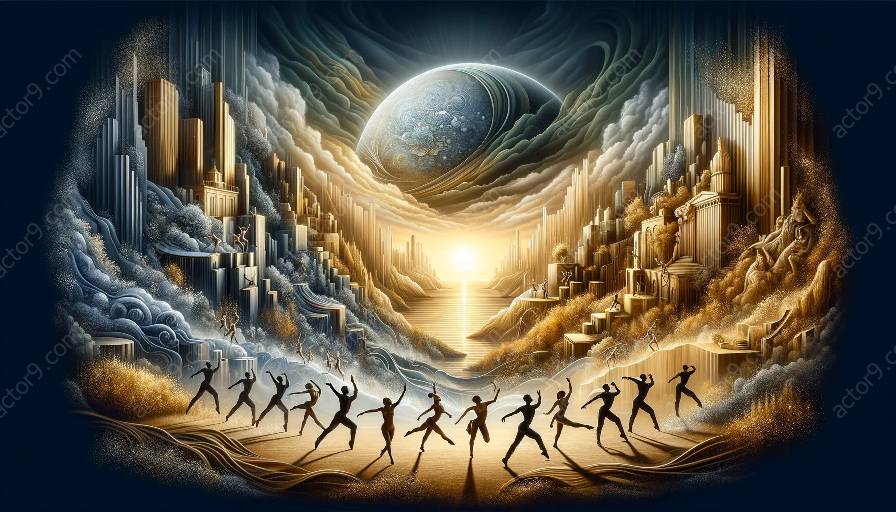Physical theatre provides a powerful medium for representing the complexities of transitional justice and post-conflict societies. In this exploration, we will examine how physical theatre addresses social issues, delving into its portrayal of justice and reconciliation in the aftermath of conflict.
Social Issues Portrayed in Physical Theatre
Physical theatre, as a form of performance art, offers a unique platform to address a wide range of social issues. Through the use of the body as the primary means of expression, physical theatre can vividly convey themes such as trauma, oppression, resilience, and the quest for justice.
Representation of Transitional Justice
In the context of transitional justice, physical theatre can depict the struggles and challenges faced by individuals and communities as they seek to confront the legacies of past atrocities. Through physicality and movement, performers can embody the emotional and psychological journey towards healing and accountability.
One of the compelling aspects of physical theatre's representation of transitional justice is its ability to transcend language barriers and communicate universal themes of truth, reconciliation, and forgiveness. Through innovative choreography and gestural storytelling, physical theatre creates a visceral and empathetic connection with audiences, inviting them to reflect on the complexities of post-conflict societies.
Exploring Post-Conflict Societies
Post-conflict societies grapple with multifaceted challenges, including the pursuit of justice, the rebuilding of communities, and the reconciliation of divided narratives. Physical theatre becomes a potent tool for shedding light on these complexities, offering a nuanced portrayal of the human experience amidst the aftermath of conflict.
Through the physical language of theatre, performers can embody the experiences of individuals affected by conflict, highlighting themes of resilience, hope, and the enduring quest for peace. By intertwining movement, music, and visual storytelling, physical theatre captures the intricacies of post-conflict societies, fostering empathy and understanding among audiences.
Impact and Audience Engagement
Physical theatre's representation of transitional justice and post-conflict societies holds the potential to deeply resonate with audiences on an emotional and intellectual level. By immersing spectators in the visceral experiences of characters navigating the challenges of justice and reconciliation, physical theatre prompts introspection and dialogue regarding societal healing and transformation.
Conclusion
In conclusion, physical theatre serves as a compelling and evocative medium for representing the complexities of transitional justice and post-conflict societies. Through its portrayal of social issues, exploration of transitional justice, and examination of post-conflict societies, physical theatre captures the intricacies of human experience and encourages profound reflection on the path towards healing and reconciliation.




































